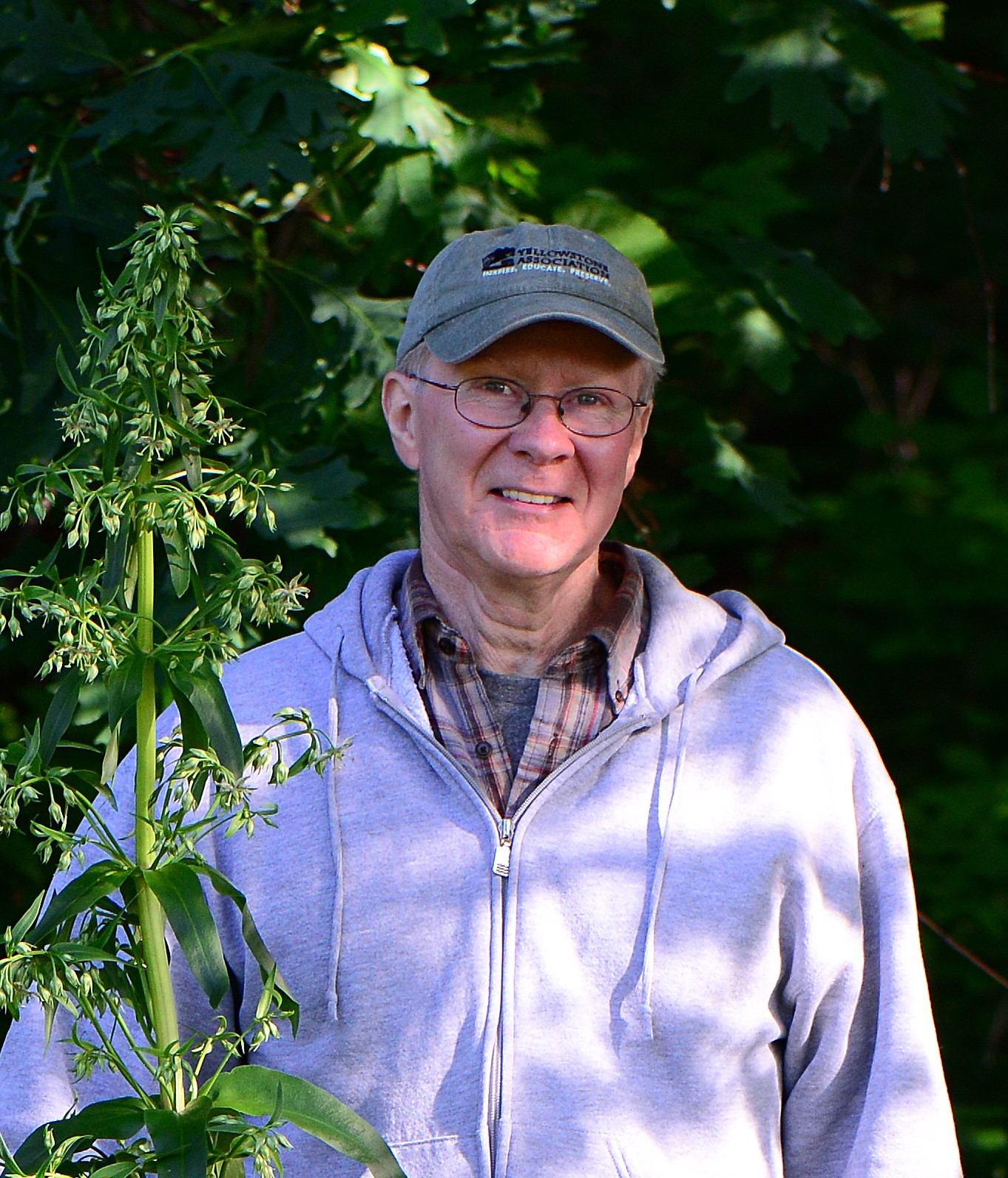By Lee Casebere
The well-known scientist E.O. Wilson wrote in 2006, “More respect is due the little things that run the world.” I want to further explore why it matters that many species of plants and animals around the world are disappearing due to human actions.
In his book The Creation, Wilson wrote that “Humanity doesn’t need a moon base or a manned trip to Mars. We need an expedition to planet Earth, where probably fewer than ten percent of the life forms are known to science, and fewer than one percent of those have been studied beyond a simple anatomical description and a few notes on natural history.”
This is at a time when many life scientists believe we are now in the early stages of the sixth great extinction of life forms on Earth, almost entirely caused directly or indirectly by human activities. Those of us who care about biodiversity find it disturbing that many species will be going extinct even before we know that they ever existed.
According to Wilson, insects comprise the greatest diversity of species among all organisms, and the total number of known species in 2006 was around 900,000. However, he says that the true number, including those remaining to be discovered and classified, may exceed ten million.
Those who watch nature programs on TV, marveling at the diversity of amazing creatures on land and sea, probably assume that naturalists and scientists know everything there is to know about Earth and its inhabitants. The idea that perhaps less than ten percent of Earth’s insect species are known simply in terms of classifying them as distinct species seems a bit shocking.
And then consider the fact that for the ones that are not yet known to exist, it’s impossible to know what contributions they make to ecosystem function.
Wilson’s specialty was ants, and he postulated that at any given moment in time the weight of all ants in the world may be as much as the entire human population, which is now over eight billion people. And that’s just ants, a small fraction of the great number of insect species.
Within the realm of scientific classification of organisms, insects are within the phylum known as arthropods. Besides insects, other arthropod kin include enormous numbers of other creatures (both number of species and total biomass) such as spiders, mites, millipedes, centipedes, and pillbugs.
Nematodes, members of another phylum, comprise another exceptionally large biomass of organisms. Of them, Wilson says, “. . . at the very apex, the amazing nematode worms, whose vast population swarms, probably representing millions of species, make up four-fifths of all animals on Earth. Can anyone believe that these little creatures are just there to fill space?”
In addition to the organisms already mentioned, there are innumerable additional small animals and plants, from macroscopic to microscopic in size. They include undescribed species of mosses, lichens, fungi, bacteria, mycorrhizae, and the aquatic plants and animals known as phytoplankton and zooplankton.
The life functions of these organisms vary widely but include producers, consumers, predators, parasites, and decomposers of all kinds, shapes, and sizes. A truism of ecological science is that ecosystem stability operates best through diversity and relationship complexity.
They may not be readily visible to us, but taken as a whole, the little things comprise an enormous component of total life on Earth. Thus, they likely are the most important strands in the web of life. Within the realm of their Lilliputian world, the most basic organic and inorganic elements are broken down into usable forms that tiny organisms utilize and bring into the flow of materials moving upward through never-ending cycles of living and dying.
We learned in biology classes that lichens are a kind of composite organism that arises from an alga or cyanobacteria living among the filaments of fungi in a mutualistic relationship. It is a relationship in which growth and survival of both components is benefited. Neither can survive under natural conditions without the other. This arrangement is also referred to as symbiosis.
Unlike lichens, most interactions between two species are definitely not beneficial to both. Such an example is that of a hawk eating a vole where the hawk gains sustenance and the vole dies. Our planet is flush with winners and losers among life forms, yet when the entirety of Earth’s ecological processes are considered, they comprise something akin to symbiosis, even if that term doesn’t fit from a technical definition standpoint.
In his book Flowering Earth, Donald Culross Peattie (1991) describes it like this: “. . . if you look again at the fact of symbiosis you see that in principle it is universal. For all organisms are a part of the web; their underlying and vital relationships are one vast multiple symbiosis.” To which E.O. Wilson might add, “run by little things.”
—
This guest post was adapted from an article that our supporter Lee Casebere contributed to the Indiana Native Plant Society Journal, and was edited to fit our available space.
Our header photo by Paul Rothrock shows a black field ant (Formica subsericea) that would have been well-known to E.O. Wilson. This worker, attracted by a nutritious elaiosome, is carrying a seed of yellow trout-lily (Erythronium americanum) back to her nest – one example of the wonderful symbiotic interactions between species.
References
Peattie, D.C. 1991. Flowering Earth. Indiana University Press. Bloomington and Indianapolis. Originally published in 1939.
Wilson, E.O. 2006. The Creation – An Appeal to Save Life on Earth. W.W. Norton & Company. New York, NY.
